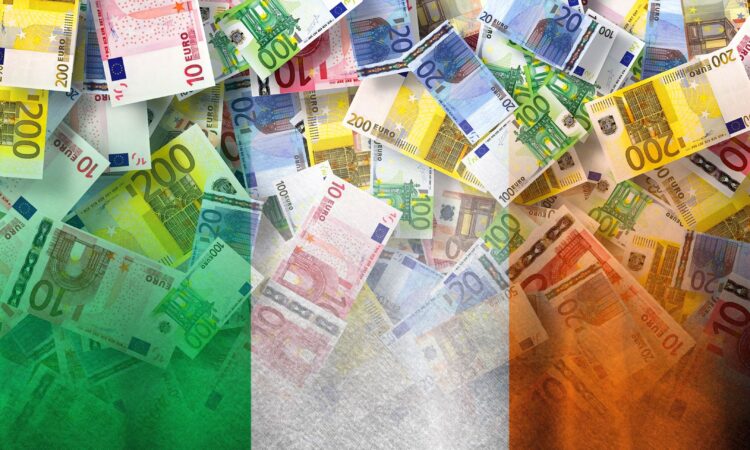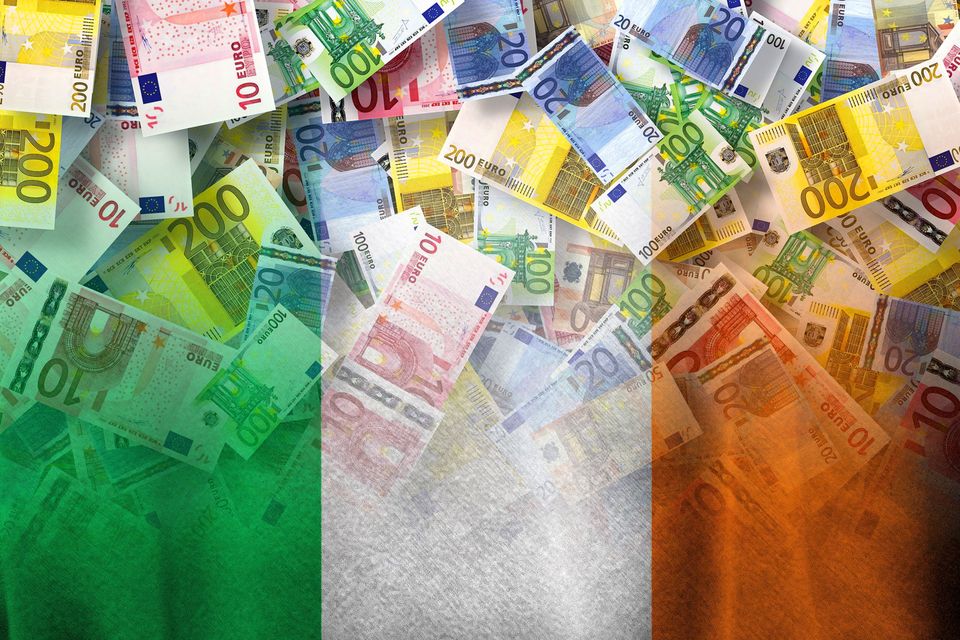
The OECD zone includes 22 EU members, the major economies of the G7, Switzerland, Turkey, Israel and some South American countries.
Irish GDP continues to outpace all of the world’s major economies. Photo: Getty Images
Ireland had the highest quarter-on-quarter economic growth rate in the 38-member OECD zone in the second three months of this year, beating some of the world’s largest economies.
At 3.3pc, it far outpaced the rest of the Organization for Economic Cooperation and Development (OECD) zone, where gross domestic product (GDP) grew 0.4pc on average, compared to the first quarter of the year.
Between March and June, Ireland’s economy recovered from a “technical recession”, defined as two successive quarters of negative GDP growth, expanding by 3.3pc compared to the previous quarter and 2.8pc compared to the same period last year.
When compared to the same quarter last year, however, Ireland came in third place, behind Costa Rica, where GDP grew 5.1pc, and Mexico (up 3.5pc).
The OECD zone includes 22 EU members, the major economies of the G7, Switzerland, Turkey, Israel and some South American countries.
Ireland was the only EU economy to grow in 2020, and has seen double-digit levels of GDP since then. However, the economy – both domestic and multinational – has slowed along with the rest of the world as the post-pandemic boost fades, interest rates rise and banking stress grows.
OECD second-quarter growth was slightly down on the previous quarter, but it is close to pre-pandemic levels.
Growth in the United Kingdom (0.2pc) remained slightly below pre-pandemic levels in the second quarter, dampened by sluggish net exports, the OECD said.
Spain, the OECD country most severely impacted by the pandemic, saw growth rising above 2019 levels for the first time to 0.4pc.
But GDP contracted by 0.3pc in Italy thanks to falling domestic demand, and was flat in Germany due to a drop in exports.
French growth picked up to 0.5pc thanks to an increase in net exports, despite a contraction in consumer spending.
In the United States, investment and private consumption contributed to GDP growth of 0.6pc in the second quarter.







